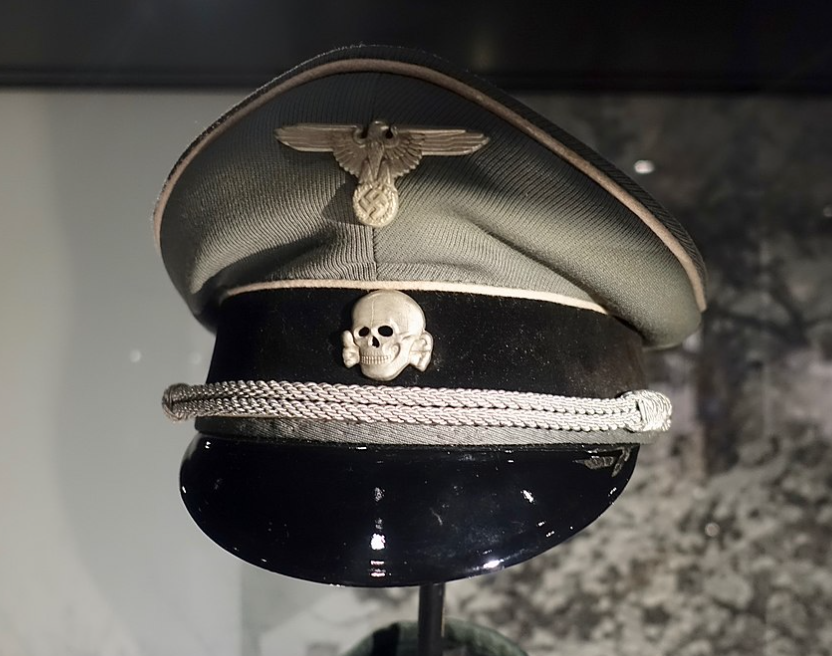
I served for five years in Munich, Germany. Had many visitors – for the beer and other obvious reasons. When at all possible, I would insist on including Dachau, just 10 outside the city. Here’s why:
Briefing by Foreign Ministry Spokeswoman Maria Zakharova, Moscow, March 23, 2023 https://mid.ru/ru/foreign_policy/news/1859387/
About the opening of the first concentration camp in Nazi Germany in Dachau
90 years ago, on March 22, 1933, the first concentration camp of the Third Reich began operating in Dachau (a small town northwest of Munich). During the existence of Dachau, people from 24 countries have passed through it. It was one of the scariest camps. Remember these letters on the gate – “Labor liberates.” Beyond these gates, prisoners became absolutely disenfranchised and passed through all the circles of hell. For 15 years of existence in this camp, according to various estimates, from 42 thousand to 70 thousand people died, including 7 thousand Soviet prisoners, and the total number of prisoners exceeded 200 thousand people.
At first Dachau was presented to the German people as a labor training camp for the re-education of prisoners. But soon representatives of such population groups as Gypsies, who along with Jews were considered an inferior race in the Third Reich, representatives of various religious movements who refused to serve in the army, priests protesting against Nazi control over the church, began to enter the camp. Many of those who were considered “non-people” in the Third Reich or who dared to criticize the Nazi regime ended up there.
In the summer of 1939, trains with several thousand Austrians were sent to Dachau. Similar transports continued to arrive during the war from all the countries occupied by Germany.
In Dachau, a system of punishments was worked out, including physical and psychological abuse of prisoners. This system was later extended to all Nazi concentration camps. Managers and guards for other similar “re-education systems” (and in fact punitive camps) were trained here. Then they turned into “systems of destruction” of people. Soldiers of the SS formations underwent advanced training here, for which a training ground was opened (during the exercises, prisoners of war were used as live targets). The SS unit “Death’s Head” was formed, intended for the protection of concentration camps. [See *** below.]
From November 1941, Soviet prisoners of war began to arrive in Dachau. Within a few months, most of them were destroyed. Later, Dachau received about 2 thousand more citizens of the USSR.
In Dachau, medical experiments were conducted on living people (to study the effects on the body of cold, pressure, gases, toxic agents, infection, and others). Surgical experiments were also performed, often without anesthesia.
The Russian underground Committee in Dachau concentration camp was formed in the autumn of 1943. The Soviet resistance group was headed by Lieutenant Colonel I.A. Panov. In the spring of 1945, a military department for the preparation of an armed uprising was established in the camp, it was headed by a prisoner of war, Major General S.V. Vishnevsky.
On April 28, 1945, the day before the arrival of American troops, the underground revolted, thwarting the fascist plan to destroy the survivors.
On April 29, troops of the 7th US Army entered the territory of the concentration camp. American soldiers, being impressed by what they saw in the camp, immediately shot 122 surrendered German soldiers, mostly SS troops. In total, about 600 Wehrmacht and SS soldiers were captured and shot on the same day.
In 1965, on the initiative of former prisoners, the Dachau Memorial Museum was opened on the site of the concentration camp. Since 2003, the Museum has housed a permanent exhibition documenting the chronology of Dachau’s existence as a concentration camp. Every year, on April 29, a rally in memory of “Never Again” takes place on the former parade ground of the camp, when the survivors of the concentration camp come to Dachau from many countries.
It is almost impossible to maintain a balance after such historical memories. Yes, these are “historical” lines, facts on a piece of paper. I don’t know about you, it all comes to life for me. I remember documentaries, feature films made on this topic.
It was in the USSR that this topic was not just studied and historically recorded. It served as an important milestone in the educational process so that from an early age schoolchildren, then students, not only knew and remembered what had happened, not only respected the feat of those who opposed it, but most importantly – looked into themselves, into their hearts, souls and wondered if they had done everything for in order for these “black shoots”, these “flowers of evil” never to settle with them, in order not to become a victim of something like this.
Let me remind you, because now almost no one wants to know this (not that they don’t know, it used to be, 15-20 years ago, they didn’t know then, and now they don’t want to know), they actively block this information. But this camp began operating in 1933 in the center of Europe.
+++++++++++++++++++++++++
The ‘American version’ of this sad chapter, virtually identical in all key respects, includes some additional detail: (from “history.com”, A&E Television Networks, February 9, 2010).
… At Dachau, Nazi scientists tested the effects of freezing and changes to atmospheric pressure on inmates, infected them with malaria and tuberculosis and treated them with experimental drugs, and forced them to test methods of making seawater potable and of halting excessive bleeding. Hundreds of prisoners died or were crippled as a result of these experiments. …
As they neared the camp, the Americans found more than 30 railroad cars filled with bodies in various states of decomposition. Inside the camp there were more bodies and 30,000 survivors, most severely emaciated. Some of the American troops who liberated Dachau were so appalled by conditions at the camp that they machine-gunned at least two groups of captured German guards. It is officially reported that 30 SS guards were killed in this fashion. …
++++++++++++++++++++++++

*** Regarding the SS’s “Death’s Head”, Wikipedia buries this one-liner at the very end of its fulsome description of the Totenkopf: “The Azov Regiment of the Ukrainian Army has used the Totenkopf.” Period.
But The Hill, carried an op-ed titled “The reality of neo-Nazis in Ukraine is far from Kremlin propaganda”, in November 2017 (back when Establishment media were still permitted to write about neo-Nazis in Ukraine).
If spokeswoman Zakharova’s aim was propaganda, would she have passed up the chance to point out that the Totenkopf still lives – in Ukraine?
+++++++++++++++++++++++
Lastly, if you find this whole thing depressing, as I do, please click on this for a bit of inappropriate comic relief.
